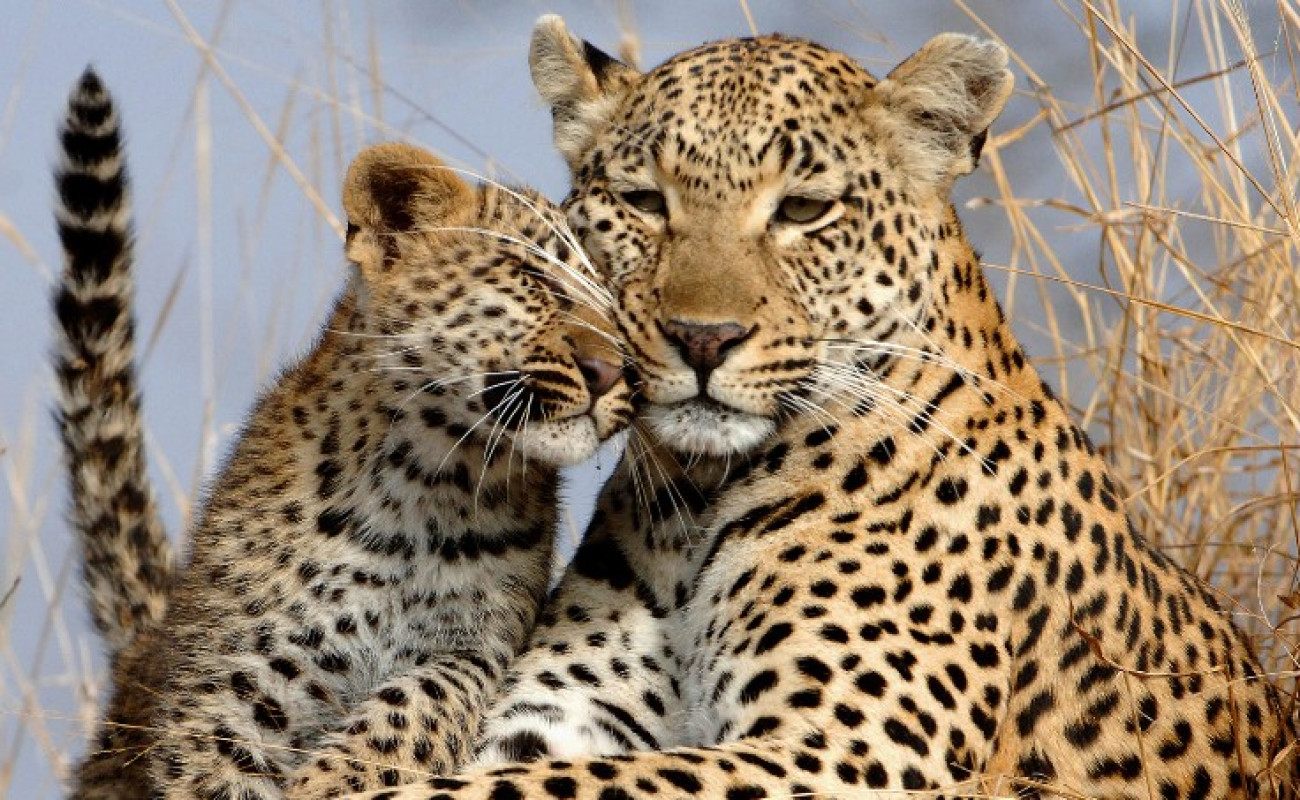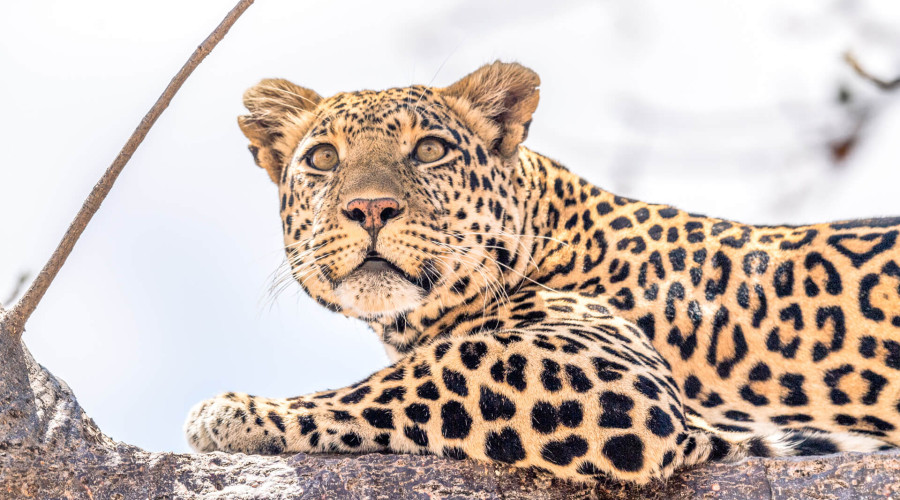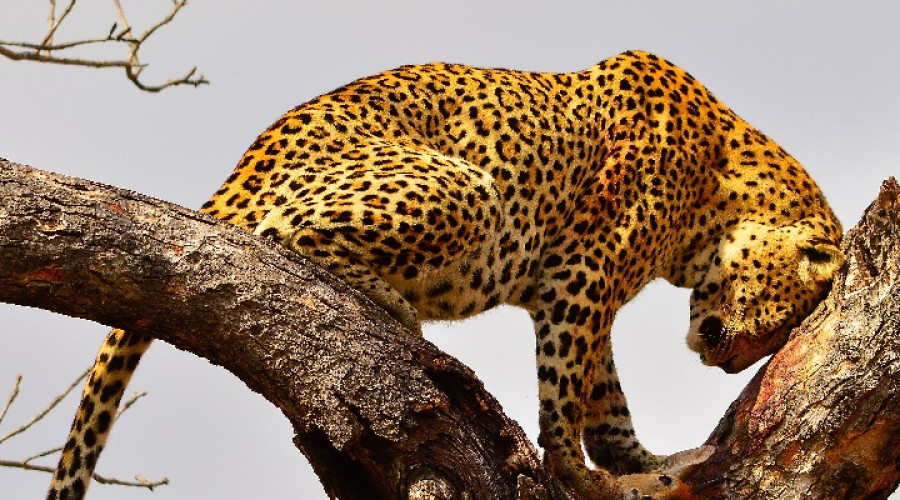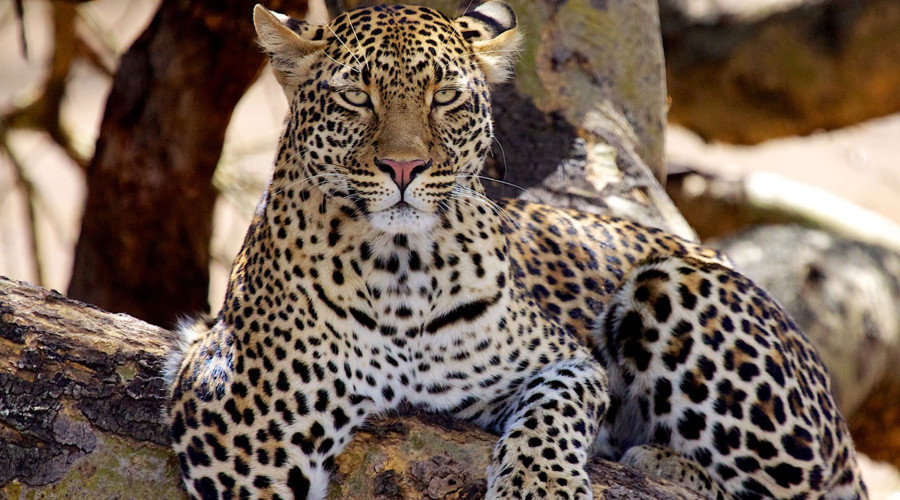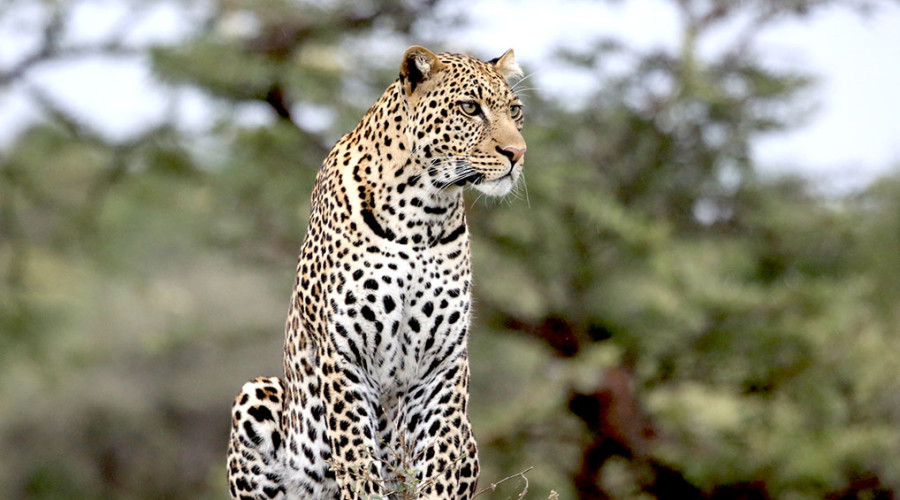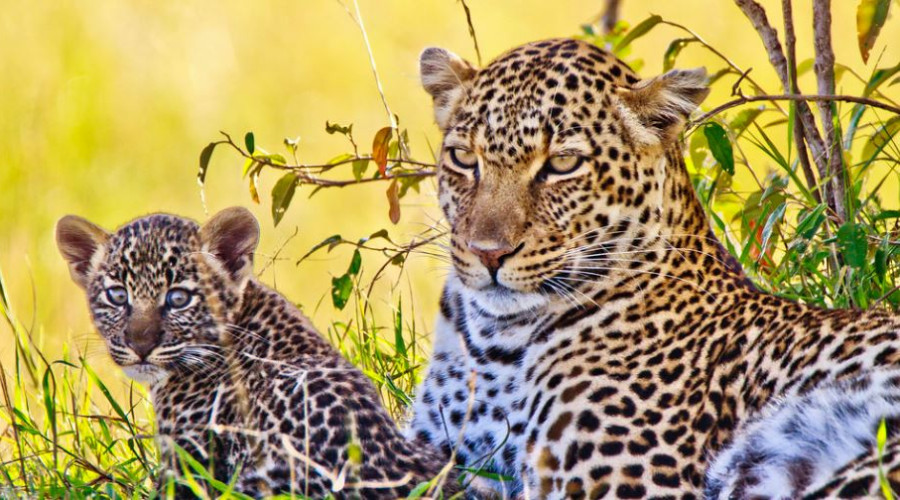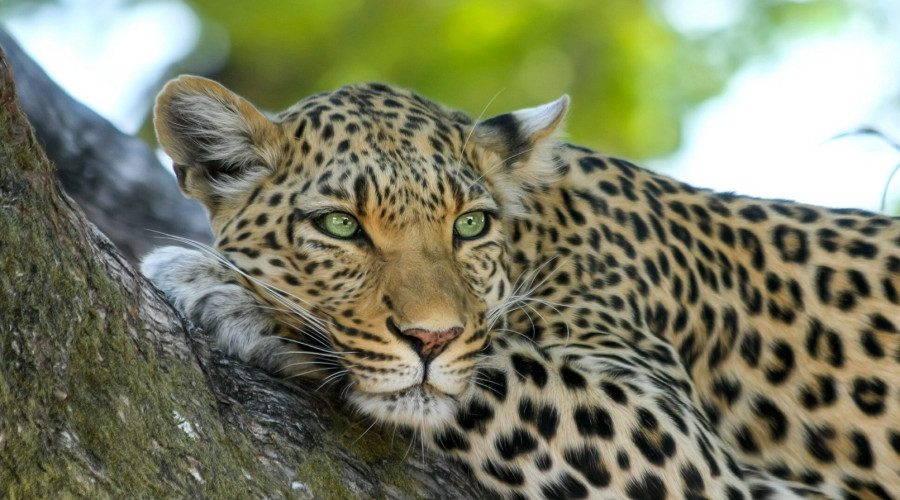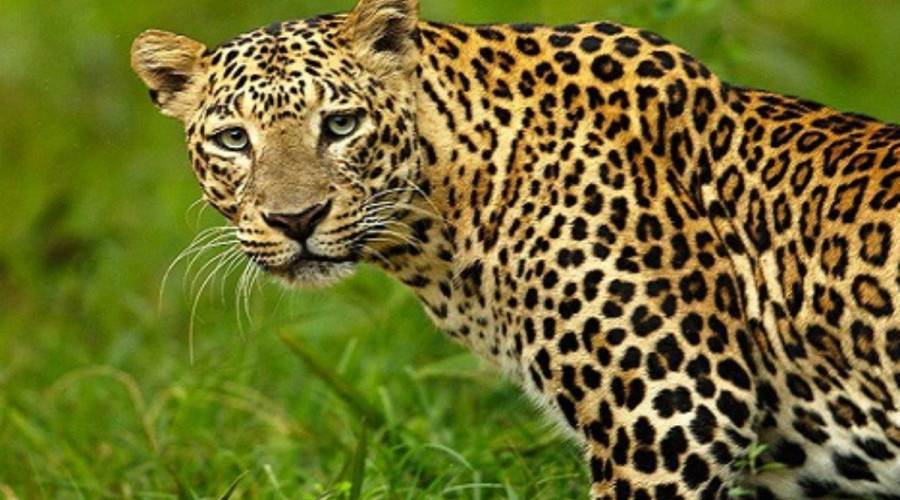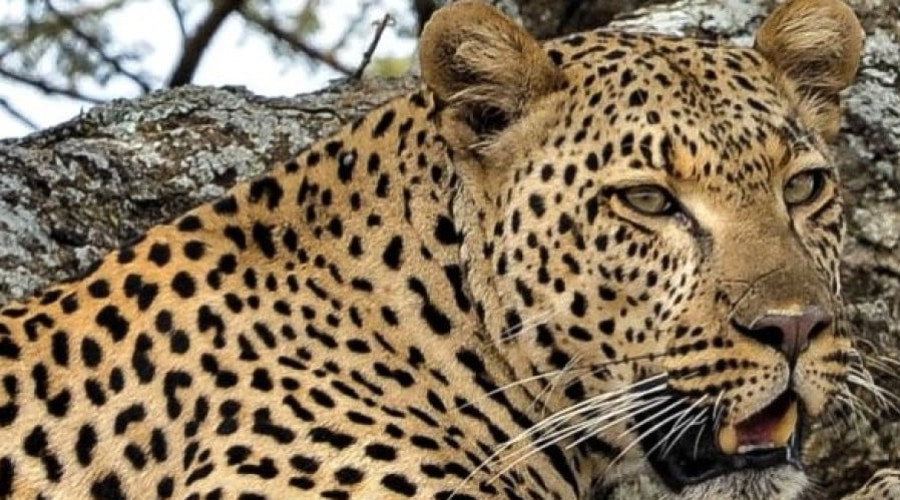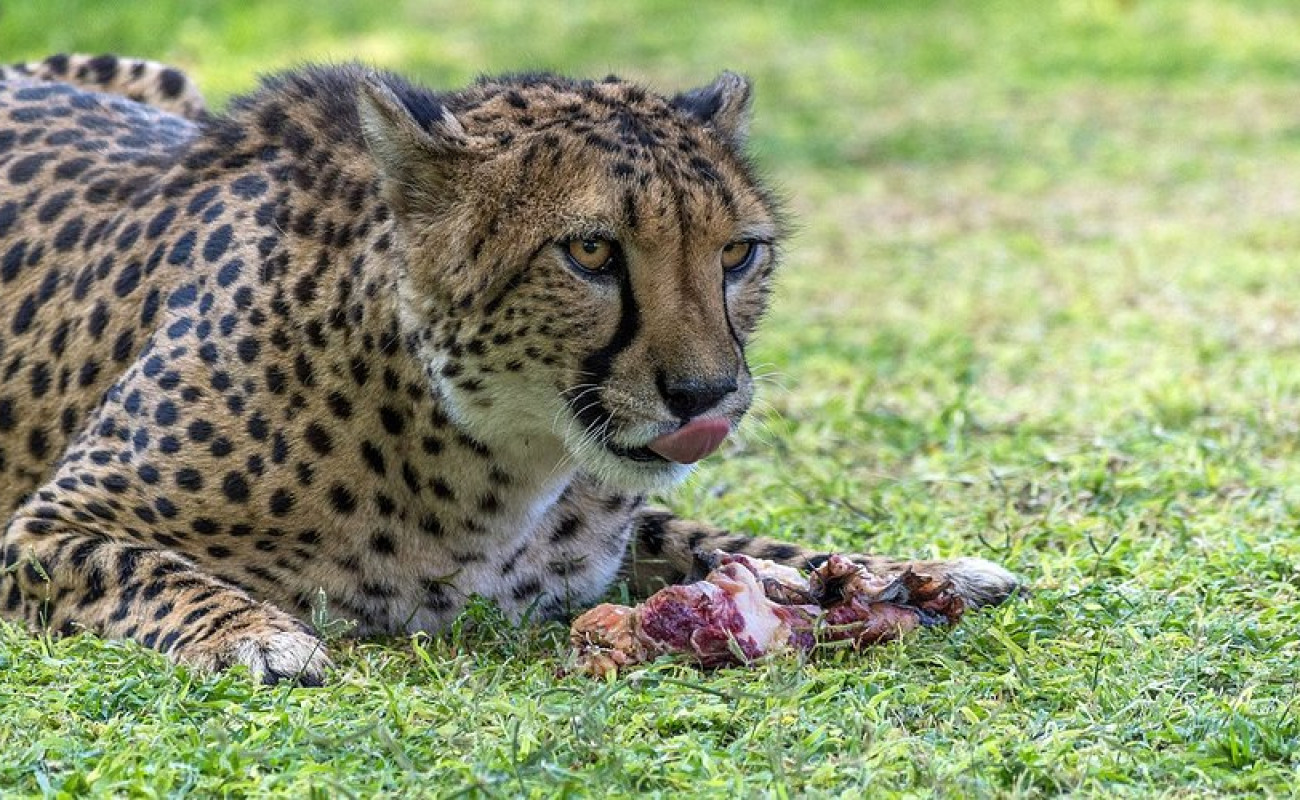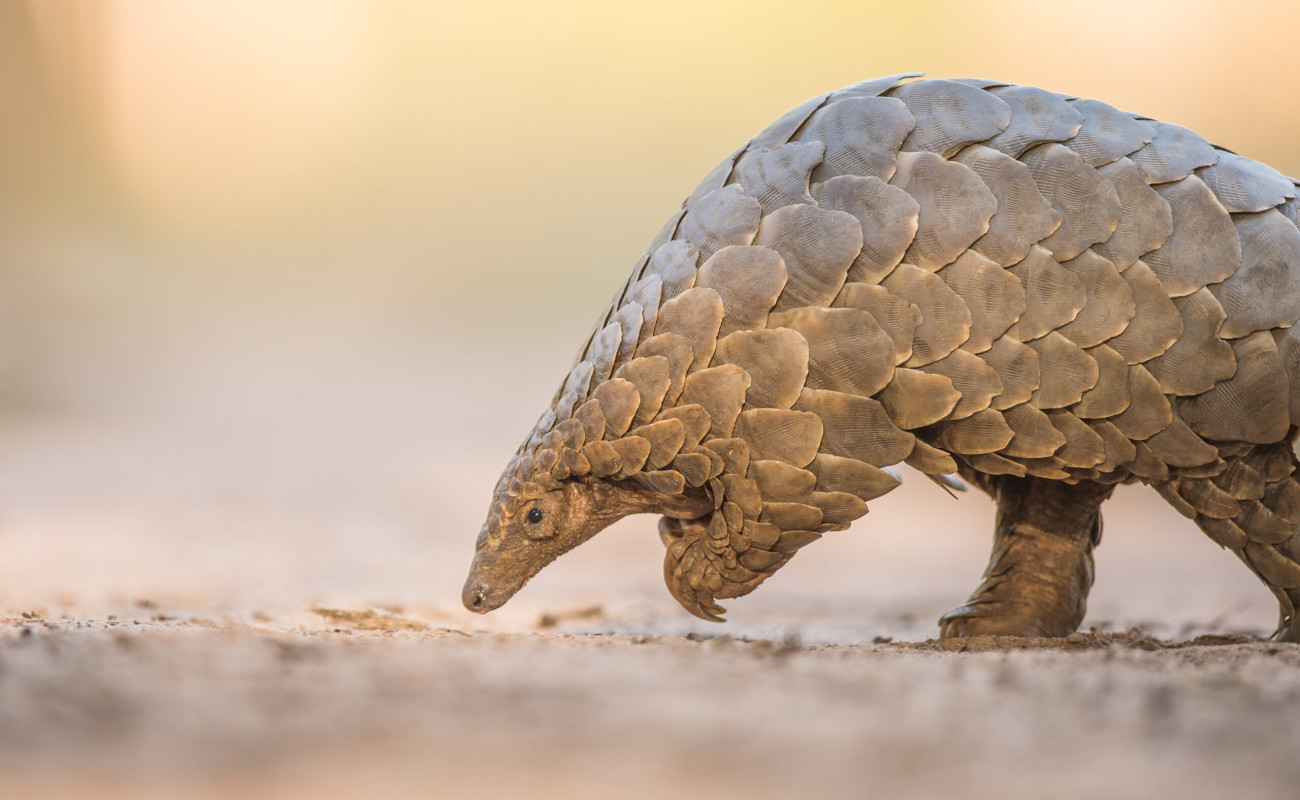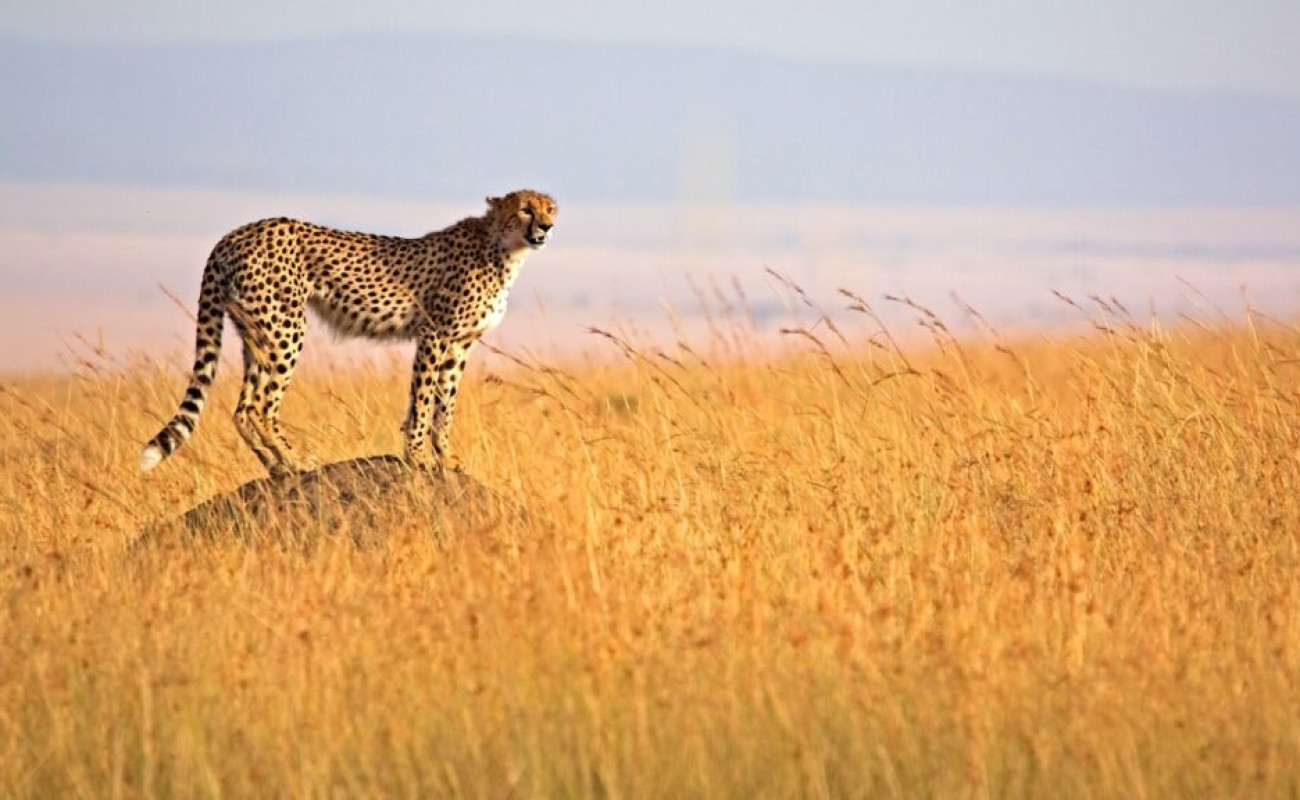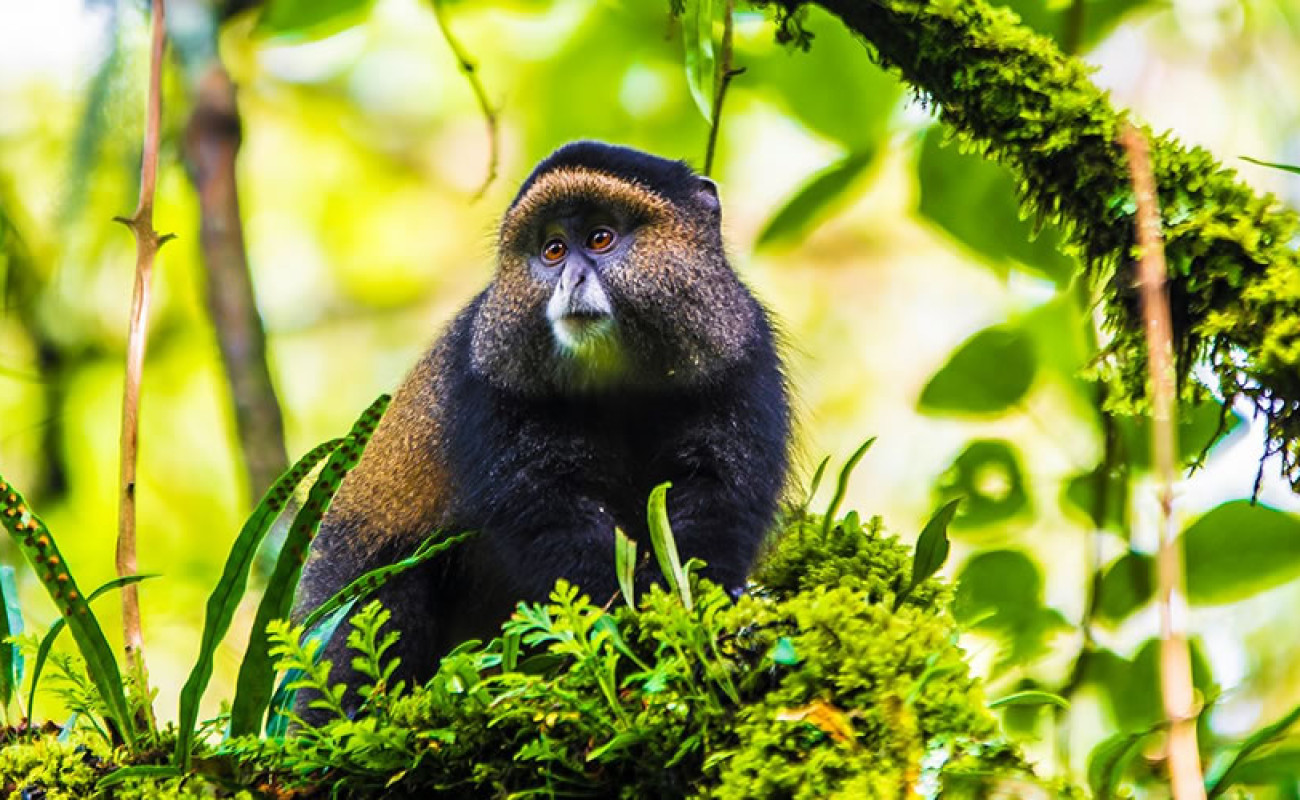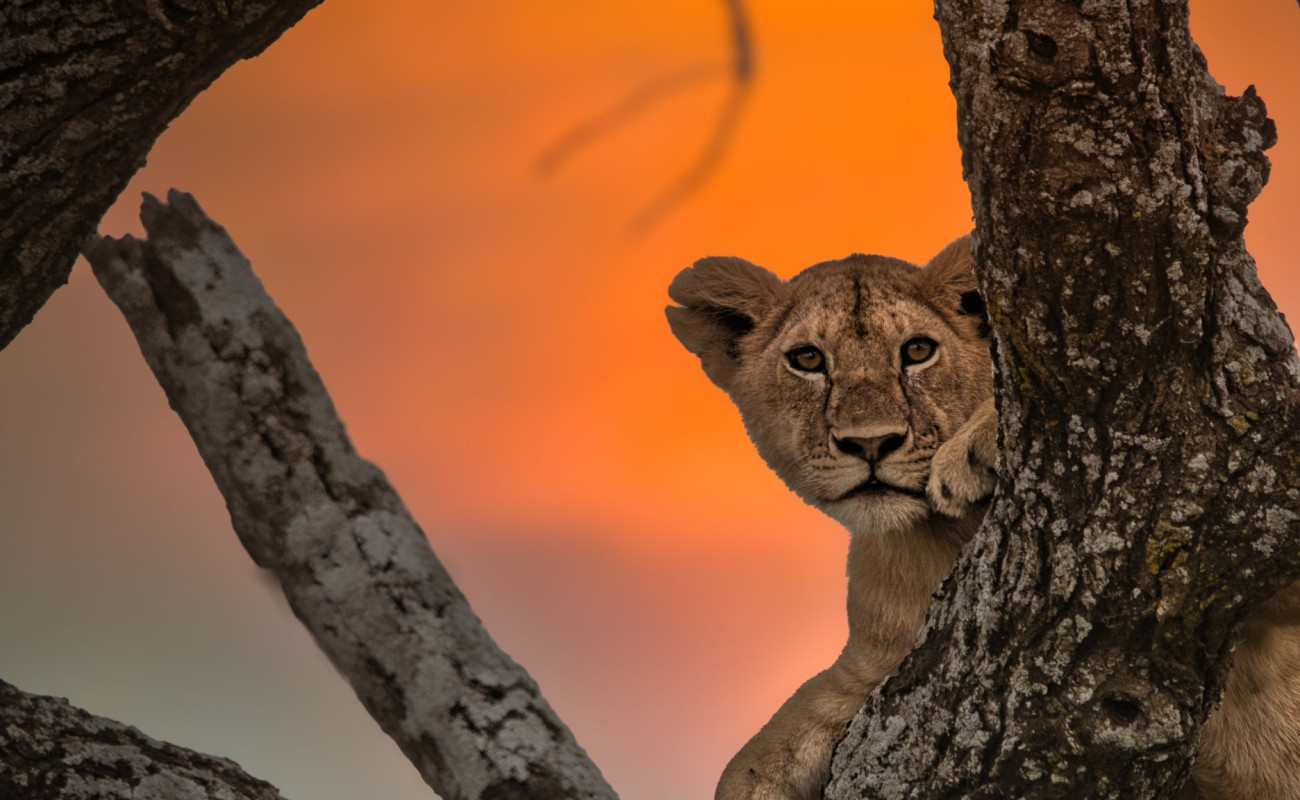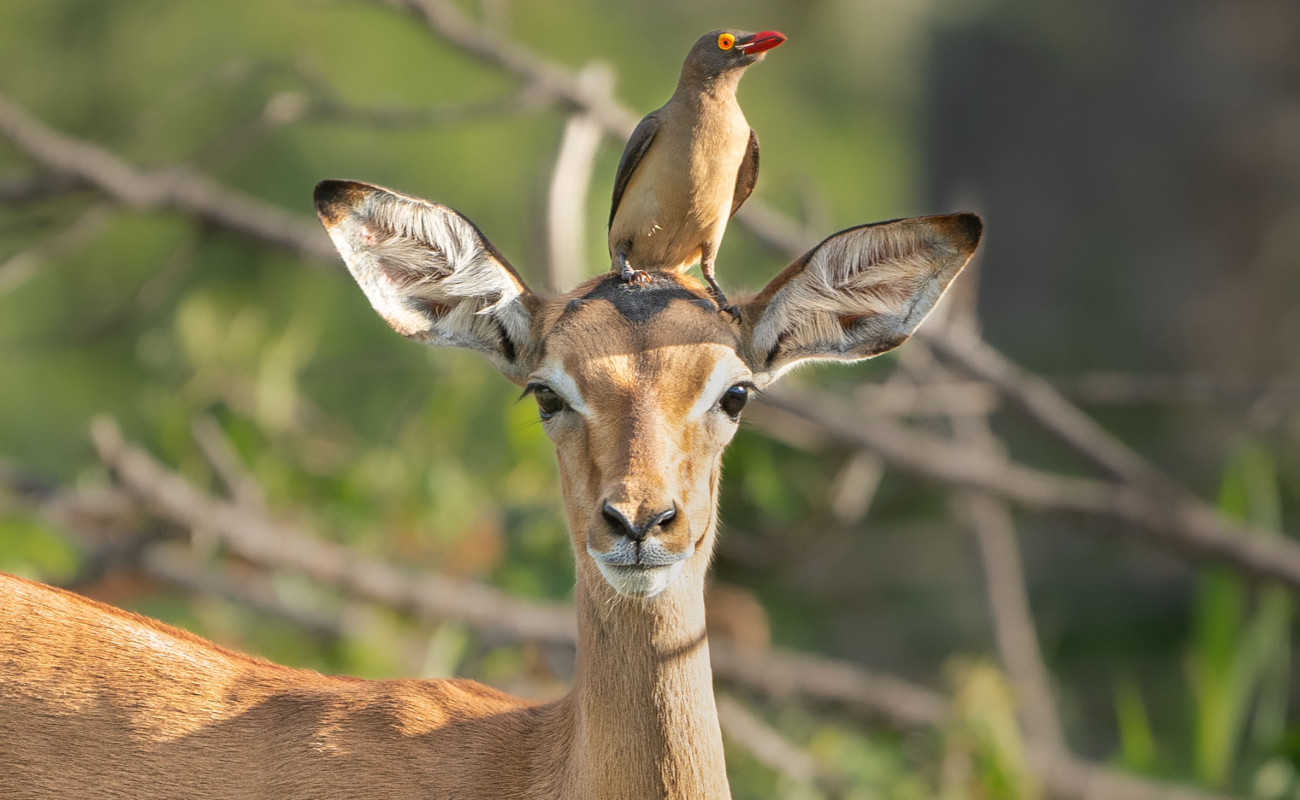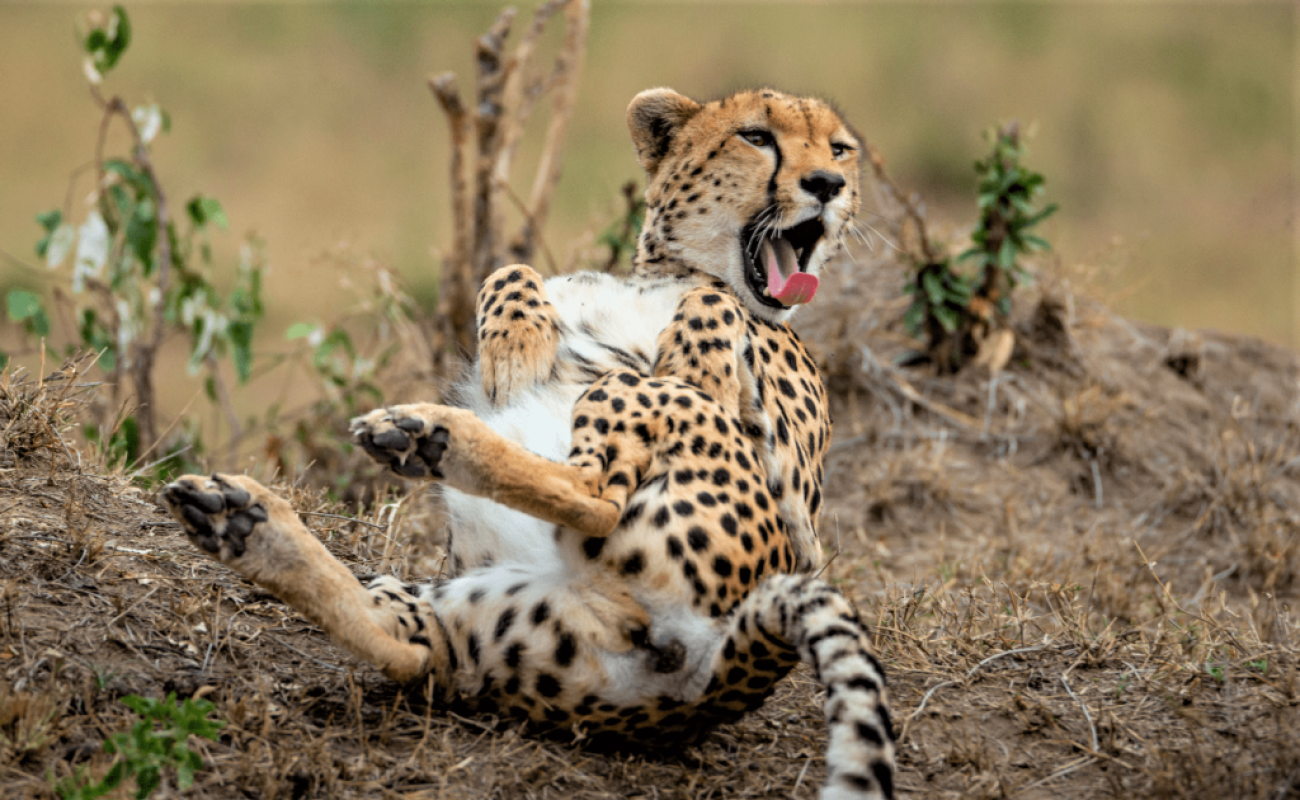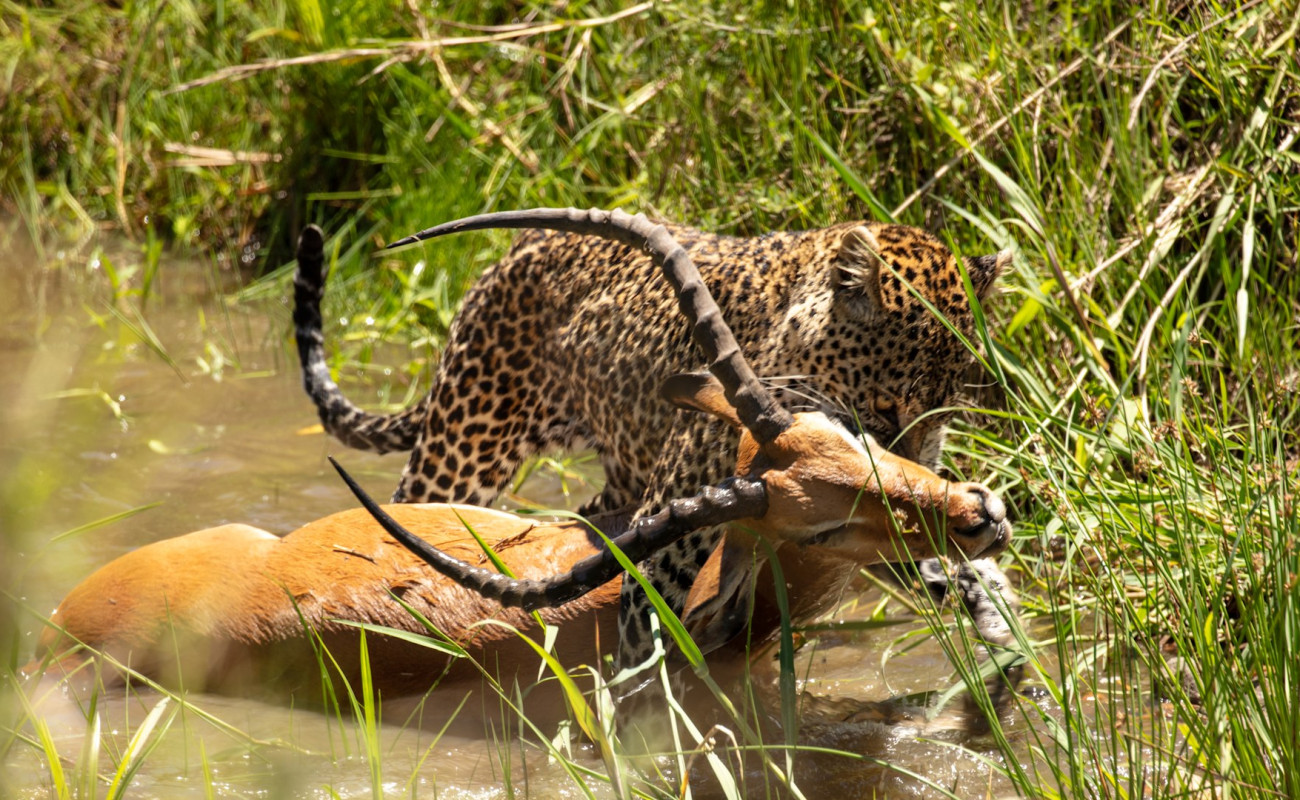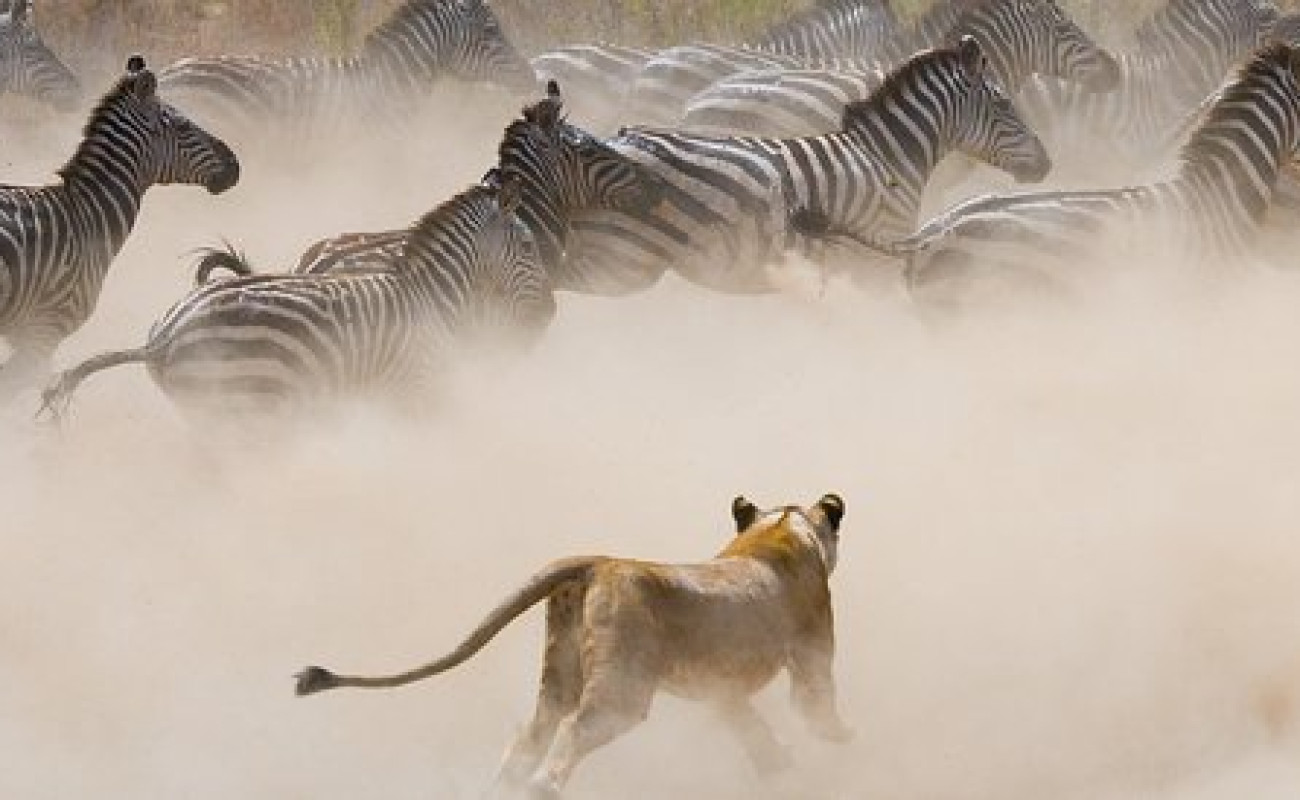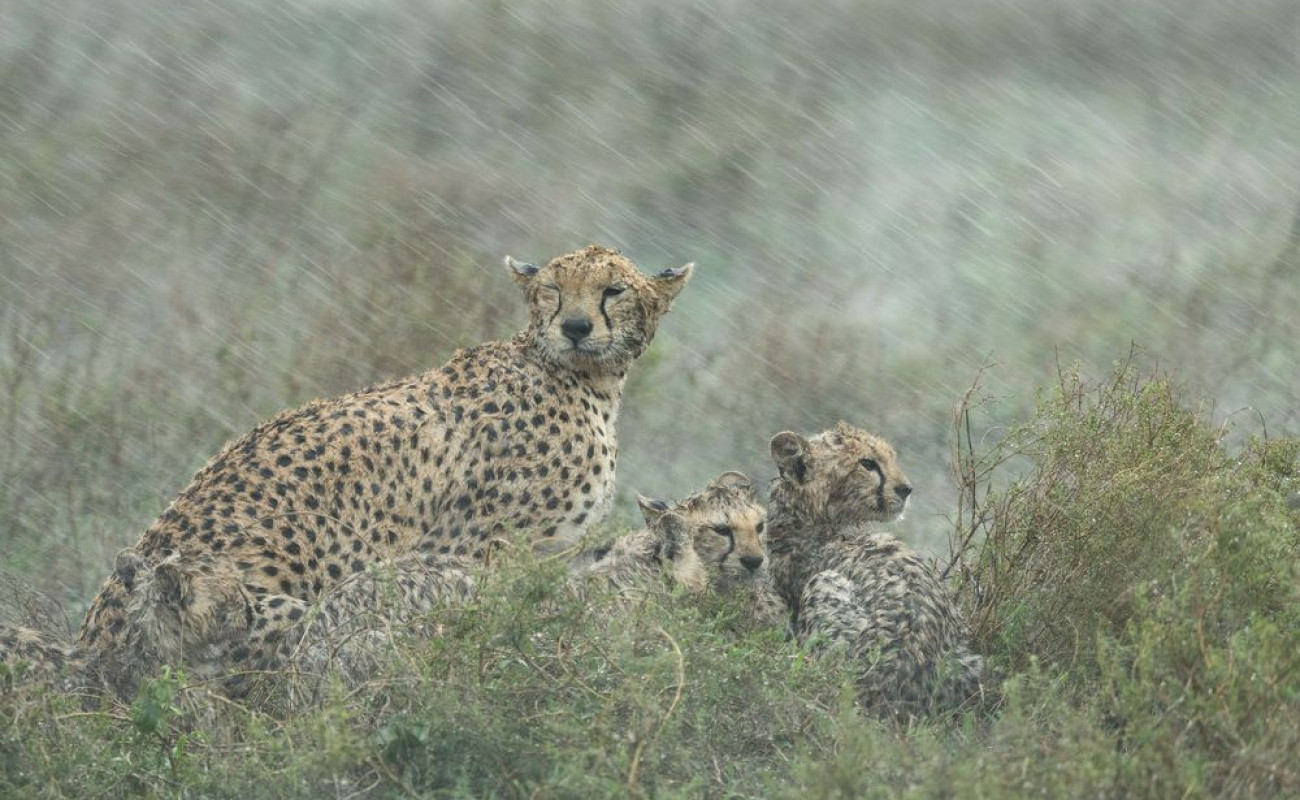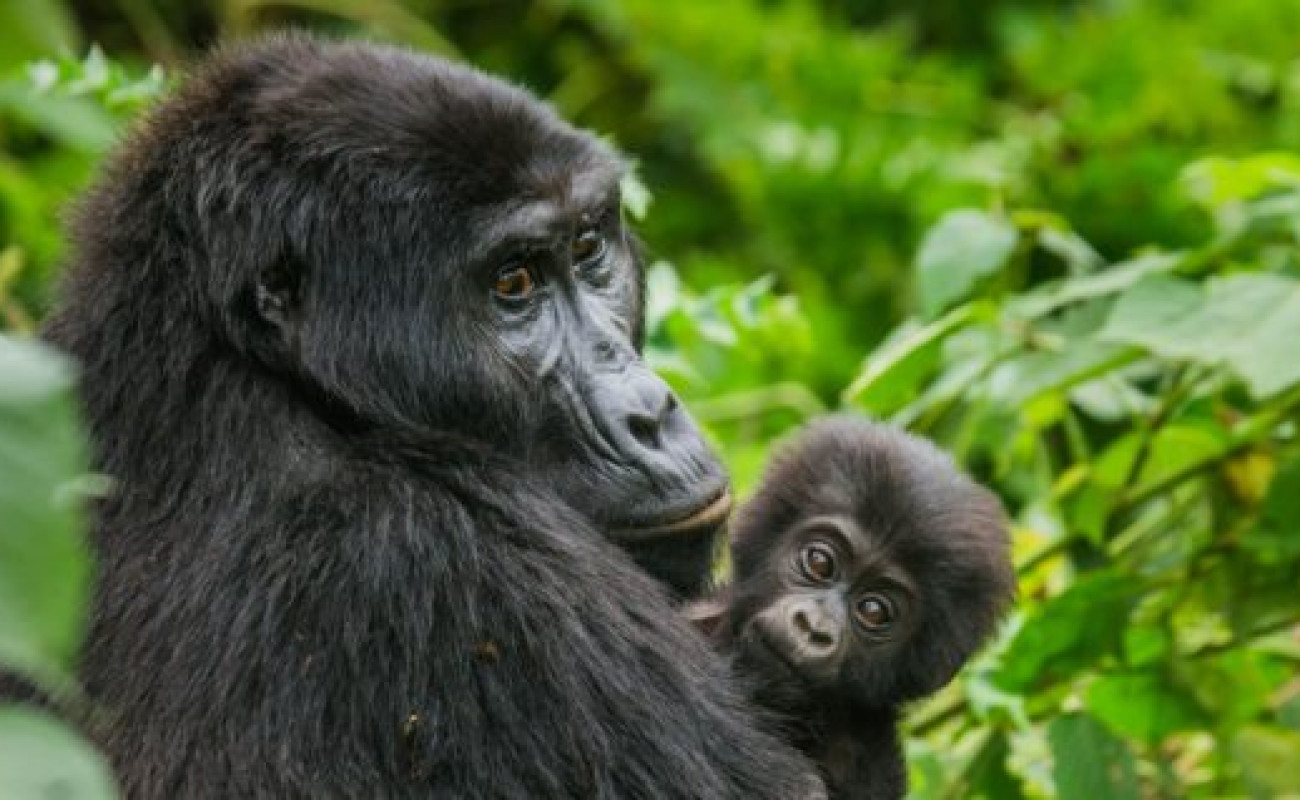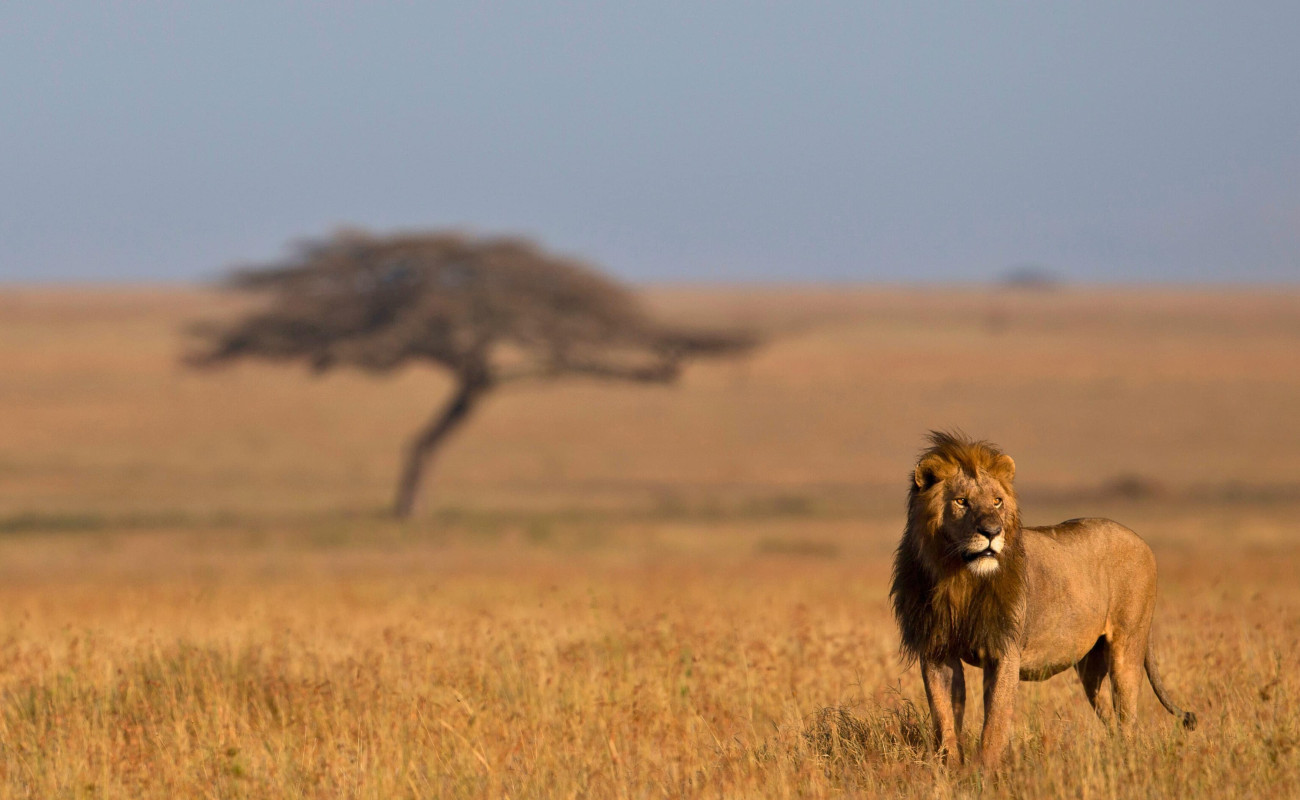Leopards are creatures of mystery and beauty, embodying the perfect blend of power, grace, and intelligence. Their ability to survive in such diverse environments, combined with their stealthy nature, has earned them a place among Africa’s most iconic big cats. Whether it’s watching a leopard stalk its prey in the African wilderness or seeing it gracefully climb a tree to escape danger, there’s no doubt that the leopard is one of the wild’s most extraordinary creatures.
For anyone seeking to understand the heart of the African wilderness, the leopard offers a glimpse into a world of hidden elegance, incredible adaptation, and raw survival instincts. The secret lives of leopards may be difficult to fully uncover, but their enduring allure continues to captivate us all.
Ready to embark on a safari where you can discover the secret lives of leopards?
Contact Eagle Soul Adventure today to plan your journey into the heart of East Africa's wilderness.
Let us take you on a remarkable adventure where nature’s most elusive and powerful predators come to life before your eyes.
Contact Us:
WhatsApp: +255 752 043 429
Email: info@eaglesouladventure.com
